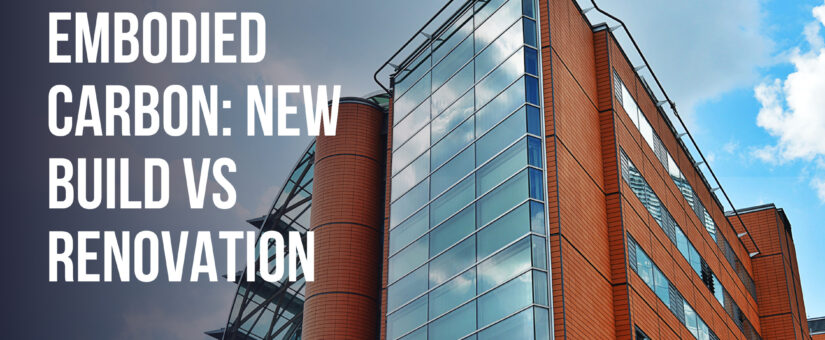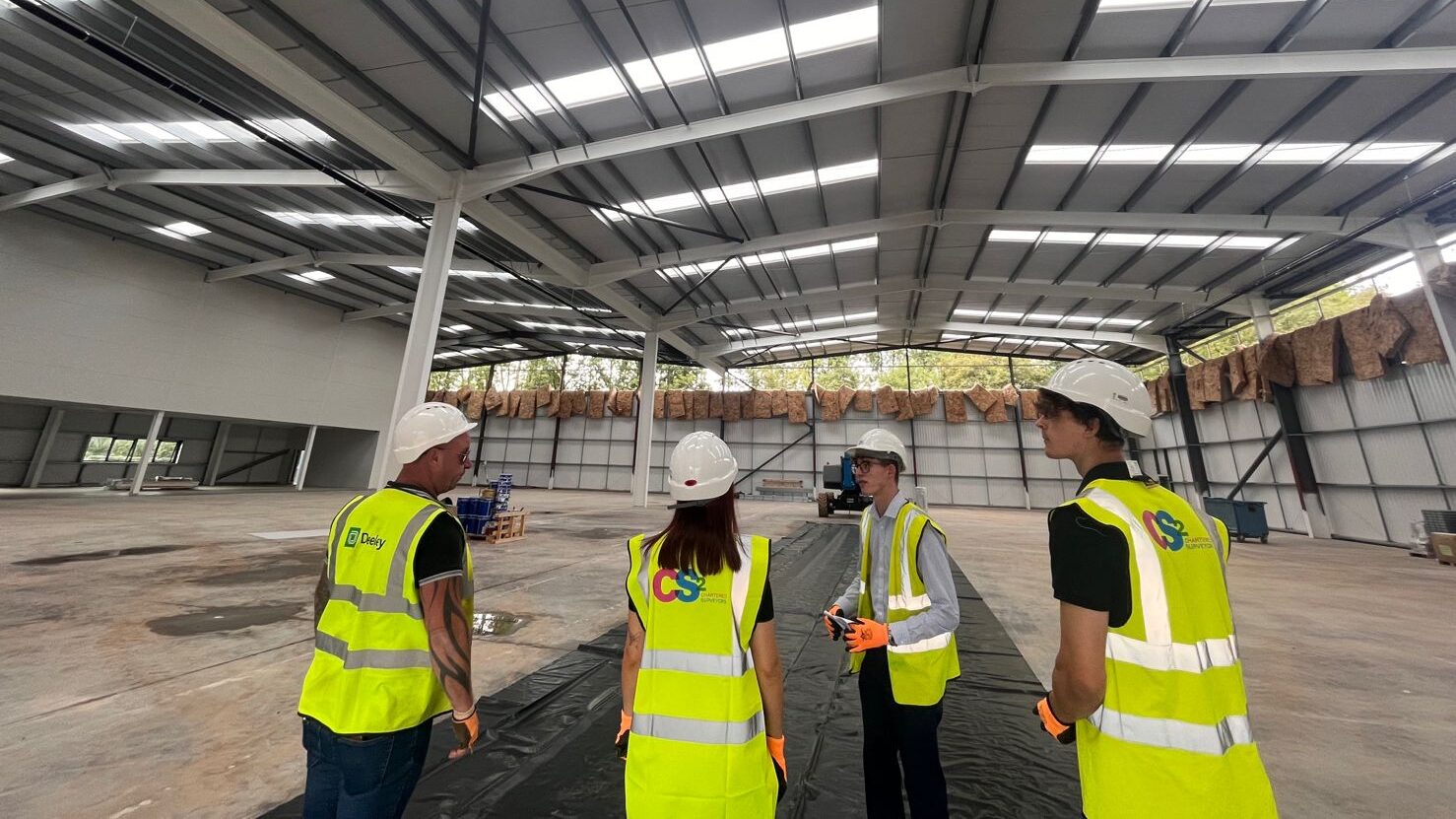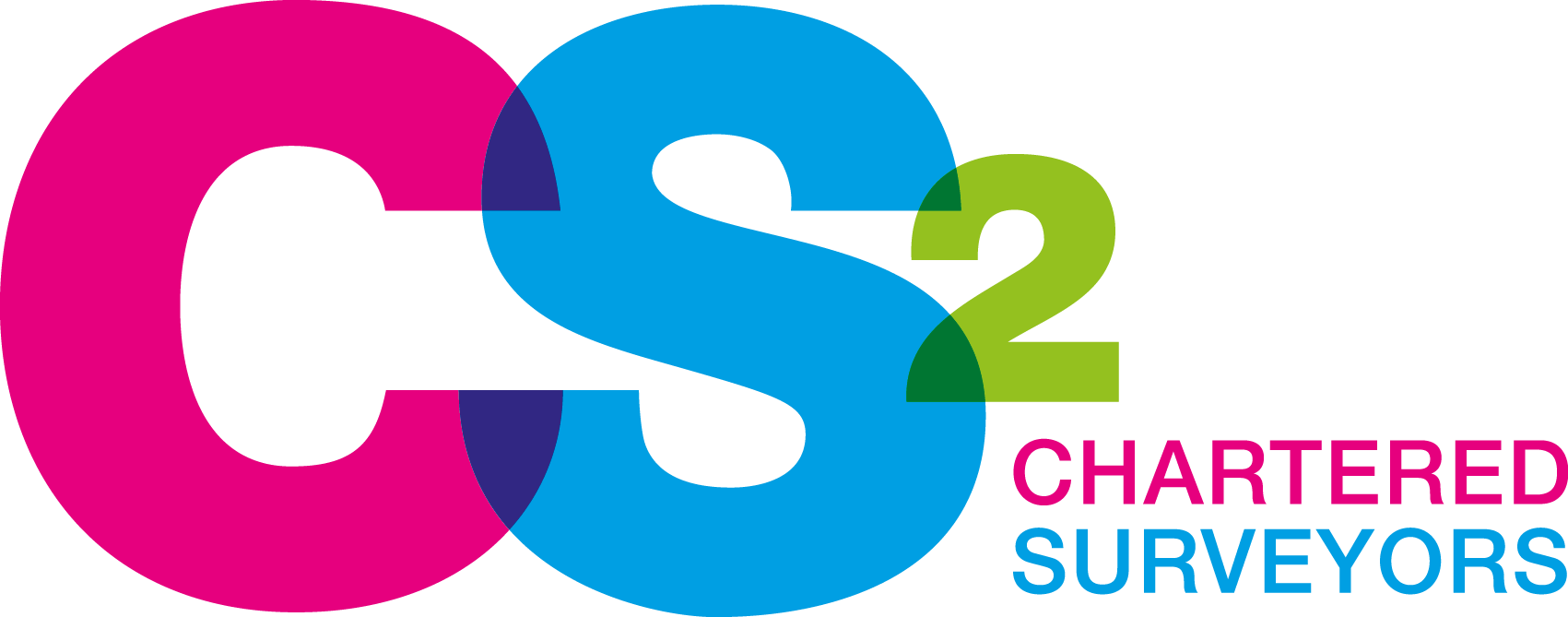Embodied Carbon: New Build vs Renovation
- August 24, 2023
- 1,705 views


As the world increasingly focuses on sustainability and the carbon footprint of our built environment, the construction industry faces a pivotal question: how can we minimise embodied carbon in our projects? Whether you’re planning a new build or considering renovation, understanding the environmental impact is crucial.
We’ll explore what embodied carbon is, discuss the pros and cons of new builds versus renovations, and present how CS2 can be your trusted partner in making eco-conscious decisions.
Understanding Embodied Carbon
Embodied carbon refers to the total carbon emissions associated with the entire lifecycle of a building or construction project. This includes the carbon emissions from the extraction of raw materials, manufacturing, transportation, construction, maintenance, and eventual demolition or renovation.
New Build vs Renovation – The Implications
Pros of New Builds
Lower Embodied Carbon: New builds often start with a lower embodied carbon footprint because they use modern materials and construction techniques, designed for energy efficiency and reduced carbon emissions.
Innovative Design: New builds offer a blank canvas for innovative and sustainable designs that can optimise energy efficiency, reduce waste, and lower carbon emissions during the construction phase.
Long-Term Sustainability: New buildings can be designed to meet the latest environmental standards, ensuring long-term sustainability and potentially lower operational carbon emissions.
Challenges of New Build
Resource Intensity: New builds require substantial resources, including raw materials and energy, which can result in a higher initial embodied carbon footprint.
Environmental Impact: The construction of new buildings may disrupt local ecosystems and result in habitat loss, impacting biodiversity.
Pros of Renovations
Reuse of Existing Resources: Renovations often involve repurposing existing structures, salvaging materials, and reducing waste, which can significantly lower embodied carbon.
Preservation of Cultural Heritage: Renovating historic or culturally significant buildings preserves our architectural heritage while minimising the need for new construction and its associated carbon emissions.
Local Character: Renovations can help maintain the character and charm of local communities by preserving existing structures.
Challenges of Renovations
Technical Challenges: Renovations may pose technical challenges, including addressing outdated building materials and systems that can be less energy-efficient.
Limited Energy Efficiency: Older buildings may not meet modern energy efficiency standards, resulting in higher operational carbon emissions.
Buildings are currently responsible for 39% of global energy related carbon emissions
World Green Building Council, 2019

How CS2 Can Help
As part of the group, we can coordinate and deliver the following services:
Embodied Carbon Assessment: Conducting a comprehensive embodied carbon assessment for your project, quantifying carbon emissions at every stage and offering strategies to reduce them.
Project Feasibility Studies: We’ll help you evaluate the most environmentally responsible approach, considering factors like existing structures, material reuse, and energy efficiency.
Sustainable Design: We’ll help you work with your design team to develop sustainable strategies that minimise embodied carbon while achieving your project’s goals.
Lifecycle Costing: Assess the long-term financial and environmental impacts of your choices, helping you make informed decisions that benefit both your bottom line and the planet.
To learn more about how we can assist you in making environmentally conscious decisions for your construction or renovation project, contact us today or visit our services here. Together, we can build a more sustainable future, one project at a time🌍



0 Comments